How to Build Foundations to Stay Active Postpartum: Podcast Episode #165
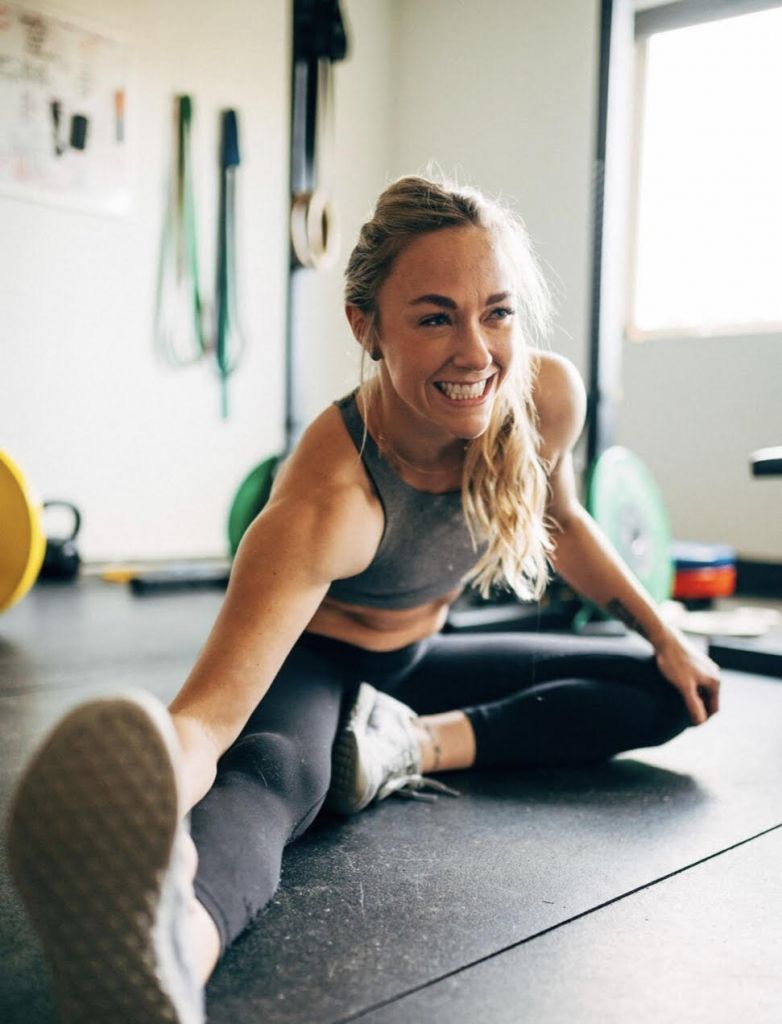
Kristin chats with Dr. Karlie Causey, co-founder of a postpartum activewear brand called Jen & Keri, a sports chiropractor and certified strength and condition coach who is passionate about providing practical tools to moms and moms-to-be, helping them restore their bodies and continue exercising after their babies are born. You can listen to this complete […]
Navigating Healthcare Systems During Pregnancy: Podcast Episode #164
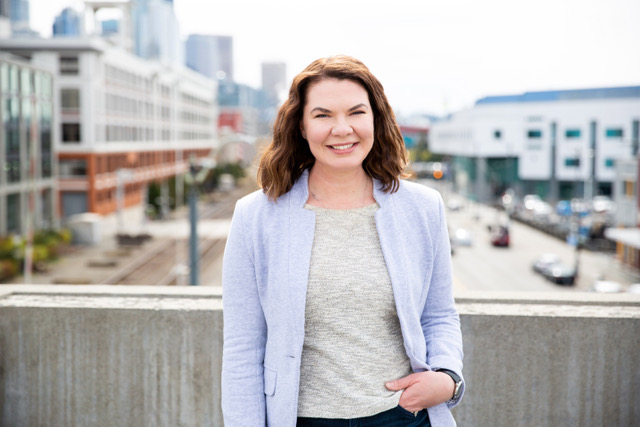
We talk with Estelle Giraud, CEO and co-founder of Trellis Health, about navigating healthcare systems during pregnancy. You can listen to this complete podcast episode on iTunes, SoundCloud, or wherever you find your podcasts. Welcome. You’re listening to Ask the Doulas, a podcast where we talk to experts from all over the country about topics […]
Sign Language for Newborns, Infants, and Toddlers: Podcast Episode #163
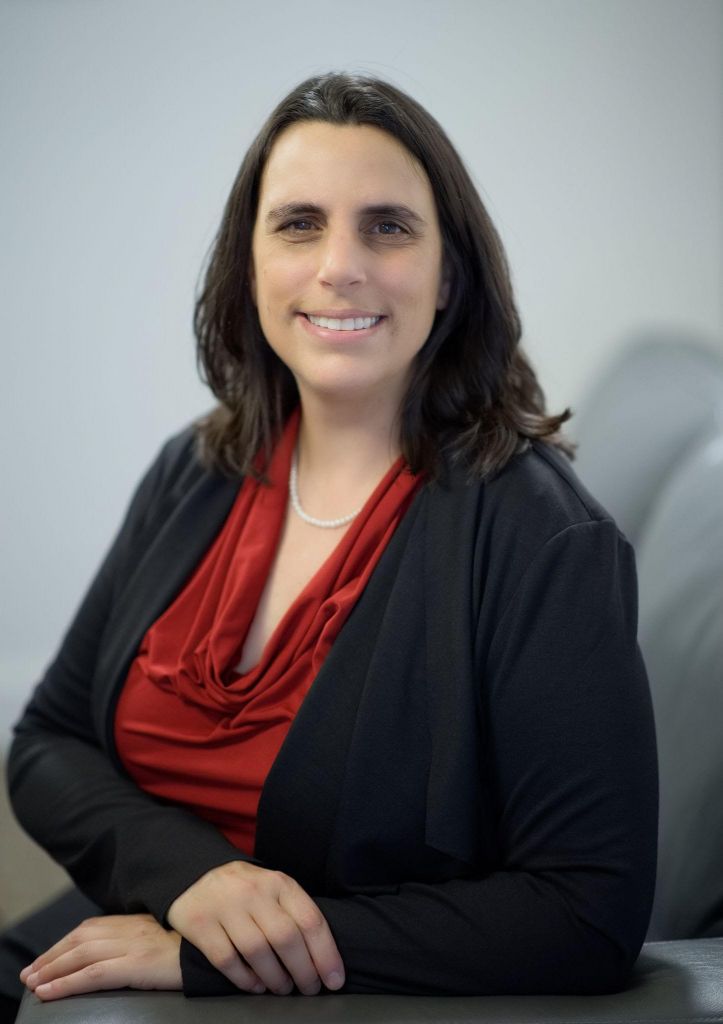
We talk with Cara Tyrrell about using sign language with newborns, infants, and toddlers. You can listen to this complete podcast episode on iTunes, SoundCloud, or wherever you find your podcasts. Be sure to listen to find out how to get a free download on the benefits of ASL for your little ones! Welcome. You’re […]
Body Image And Nutrition During Pregnancy: Podcast Episode #162
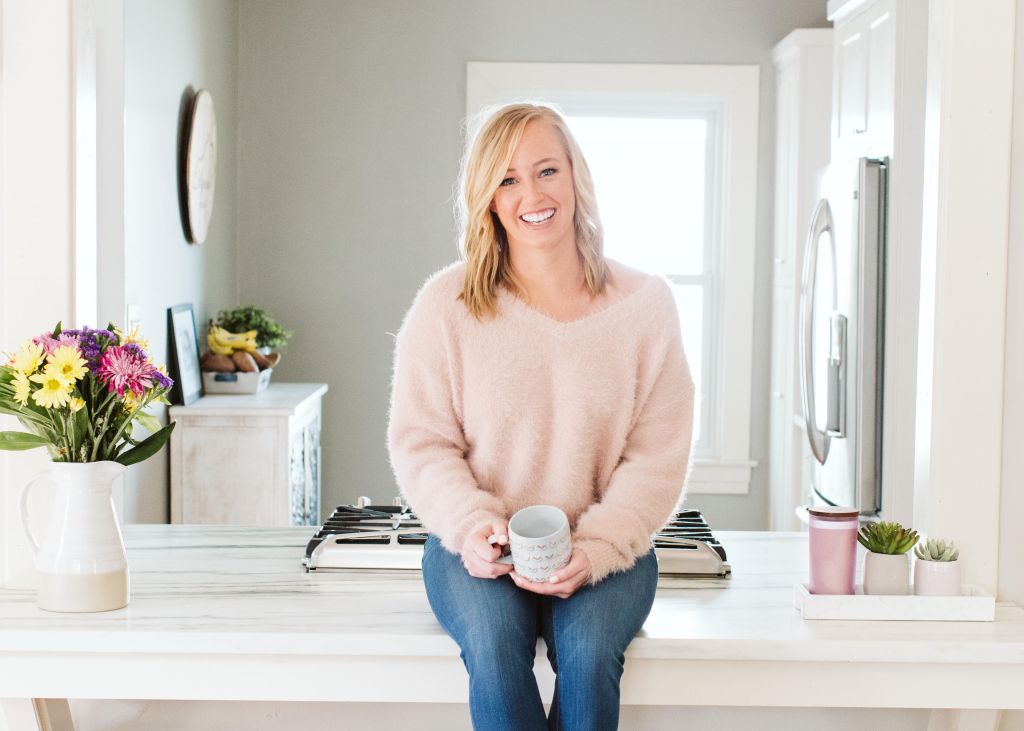
Kristin and English Goldsborough chat about body image during pregnancy and the importance of nutrition. English owns The Nourishing Tree and is a functional nutritional therapy practitioner and a certified lactation counselor. You can listen to this complete podcast episode on iTunes, SoundCloud, or wherever you find your podcasts. Welcome. You’re listening to Ask the […]
NICU and Preemie Mom Support with Jodi Klaristenfeld: Podcast Episode #161
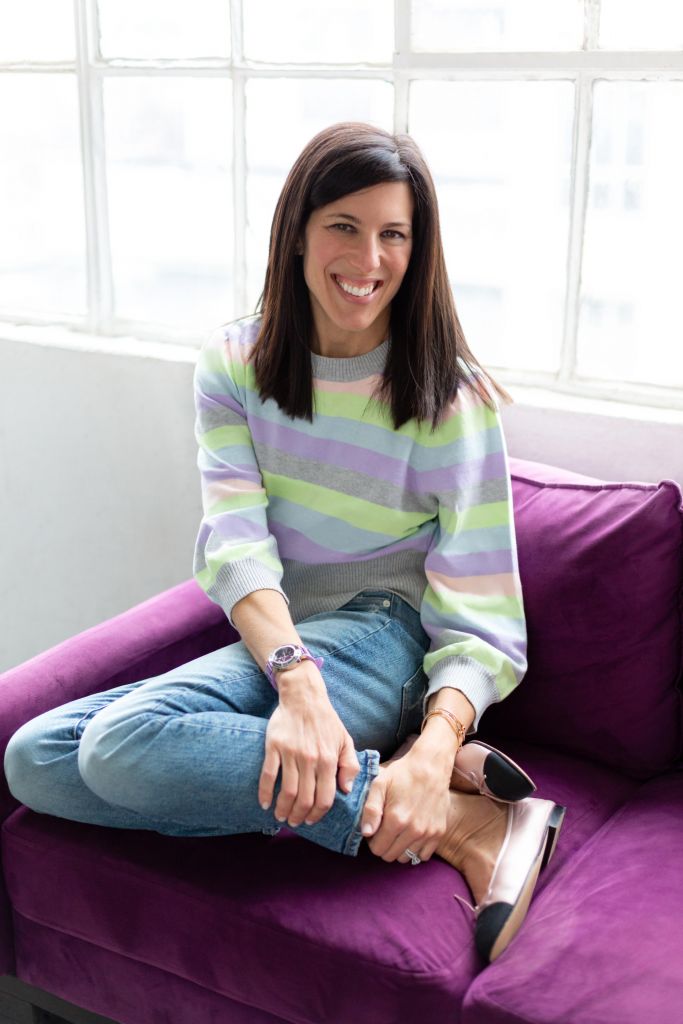
We chat with Jodi Klaristenfeld, founder of FLRRiSH, about navigating the NICU and supporting moms of preemies. You can listen to this complete podcast episode on iTunes, SoundCloud, or wherever you find your podcasts. Welcome. You’re listening to Ask the Doulas, a podcast where we talk to experts from all over the country about topics […]
